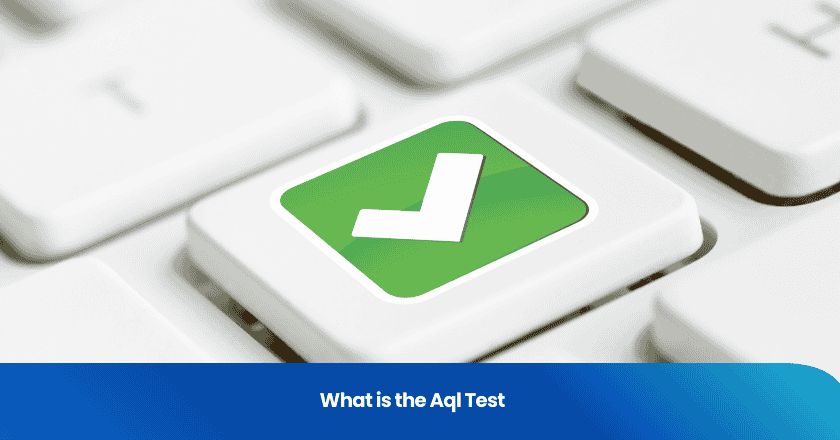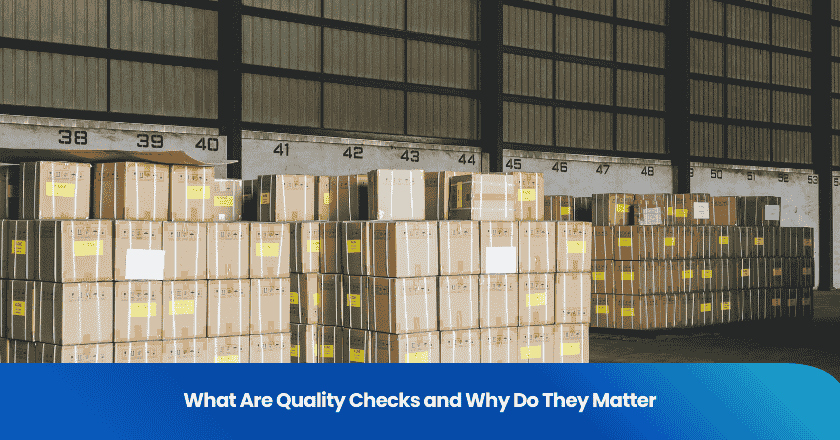
If you want to know what is the aql test, you should start with its main goal. The aql test sets a standard for how many defects you can accept during product inspection. You use aql to check the acceptable quality limit for your batch and decide if your products meet the required quality. When you apply what is the aql test, you focus on finding a balance between quality and efficiency. The aql 101 guide helps you understand these standards and shows you how to use aql in your daily inspections. If you value product quality, you need to know what is the aql test.
What is the aql test
Definition
You use the aql test to set a clear standard for product inspection. This test defines the acceptable quality limit for a batch of products. When you ask what is the aql test, you look for a method that helps you decide how many defective items you can accept in a shipment. The aql test gives you a measurable way to judge if your products meet your quality requirements. You do not need to check every single item. Instead, you select a sample and use the aql to determine if the batch passes or fails. This approach saves you time and resources while maintaining a focus on quality.
Tip: The aql 101 guide can help you understand how to apply these standards in your daily inspections.
Purpose
You rely on the aql test to protect your business and your customers. The main purpose of the aql is to balance quality with efficiency. You want to deliver products that meet your standards without wasting time or money on unnecessary checks. The aql test helps you identify batches that meet the acceptable quality limit and spot those that do not. You can use this method to reduce the risk of shipping defective products. It also helps you maintain consistency in your product inspection process.
- You use the aql to:
a. Set clear quality expectations for suppliers and manufacturers.
b. Make quick decisions about accepting or rejecting shipments.
c. Ensure your products meet customer requirements.
When you follow the aql test, you create a reliable system for monitoring quality. You can trust that your inspection process is both practical and effective. This method supports your goal of delivering high-quality products every time.
AQL in Quality Control
Defect Types
When you perform a product inspection, you need to classify defects to make clear decisions. The aql system divides defects into three main types:
- Critical defects: These defects can cause harm or make the product unsafe. You cannot accept any critical defects in your batch.
- Major defects: These defects affect the function or appearance of the product. Customers may return products with major defects. You set a lower aql level for major defects to keep quality high.
- Minor defects: These defects do not impact the product’s use or safety. Customers may still accept products with minor defects. You can set a higher aql level for minor defects.
You use these categories to set clear quality standards and communicate your expectations to suppliers.
AQL Levels
You select different aql levels for each defect type. The aql level shows the maximum number of defects you can accept in a sample. For example, you may set an aql of 0.01 for critical defects, 1.5 for major defects, and 4.0 for minor defects. Lower aql levels mean stricter quality control. Higher aql levels allow more defects but may speed up production. You choose the right aql level based on your product, customer needs, and industry requirements. The aql sampling guidelines help you decide which level fits your situation.
Sampling
You do not need to check every item in your batch. Instead, you use the aql sampling method to select a random sample. This approach saves time and resources while still giving you reliable results. The sampling standard tells you how many items to inspect based on your batch size. You compare the number of defects in your sample to the aql limits. If the defects stay within the aql, you accept the batch. If not, you reject it. This process helps you maintain quality and efficiency in every product inspection.
Following the aql sampling method ensures you meet your quality goals without unnecessary effort.
AQL Table
How to Use
You use an aql table to guide your product inspection process and set clear acceptance and rejection criteria. The table helps you decide how many items to check and how many defects you can allow while still maintaining quality. Here is a step-by-step guide:
1. Determine your batch size. Count the total number of units in your shipment.
2. Select your inspection level. Choose a general or special inspection level based on your quality requirements.
3. Find your sample size code letter. Use the aql table to match your batch size and inspection level to a code letter.
4. Locate your sample size. The code letter tells you how many units to inspect.
5. Set your aql levels. Decide the maximum number of defects allowed for critical, major, and minor categories.
6. Check the acceptance and rejection criteria. The table shows how many defects you can accept before you must reject the batch.
Using the aql table ensures you follow a consistent process and make objective decisions about quality.
Example
Suppose you have a batch of 2,000 units. You select a general inspection level II, which is common for most product inspection needs. The aql table gives you a code letter "K," which means you need to inspect 125 units. You set your aql levels at 1.5 for major defects and 4.0 for minor defects. According to the table, you can accept up to 5 major defects or 10 minor defects in your sample. If you find 6 major defects, you must reject the batch. This method helps you maintain high quality and clear standards for every shipment.
Tip: Always use the aql table to support your inspection decisions and protect your product quality.
Benefits and Limitations
Advantages
You gain several advantages when you use the aql test in your inspection process. First, you save time and resources because you do not need to check every product in a batch. The sampling method lets you focus on a small group, but you still get reliable results. You set clear standards for quality, so your team knows exactly what to look for during inspections. This approach helps you maintain consistency across different shipments and suppliers.
You also improve communication with your partners. When you share your aql levels, everyone understands the expectations for quality. This reduces confusion and helps prevent disputes about product defects. You can make quick decisions about accepting or rejecting shipments, which keeps your supply chain moving smoothly.
Tip: Using the aql test supports your goal of delivering high-quality products to your customers every time.
Challenges
You may face some challenges when you rely on the aql test. The sampling process means you might miss some defects that do not appear in your sample. If your batch has uneven quality, you could accept products that do not meet your standards. You need to choose the right aql levels for your industry and product type. If you set the levels too high, you risk letting too many defects through. If you set them too low, you might reject good batches and increase costs.
You must also train your team to follow the inspection process correctly. Consistent training ensures that everyone applies the same quality standards. Sometimes, you may need to adjust your aql levels as your business or customer needs change.
Note: Regularly review your inspection results to make sure your aql process continues to support your quality goals.
You now understand how the AQL test helps you set clear standards for product inspections. This method lets you focus on quality while saving time and resources. Always train your team to follow the process and review your inspection results often. Remember, the AQL test supports your goal of delivering consistent quality, but you should stay aware of its limits. If you want to learn more, explore guides on inspection methods and quality management.
FAQ
What does AQL stand for?
AQL stands for "Acceptable Quality Limit." You use it to set the maximum number of defects allowed in a product batch during inspection.
How do you choose the right AQL level?
You select the AQL level based on your product type, customer expectations, and industry standards. Lower AQL levels mean stricter quality control.
Can you use AQL for any product?
You can apply the AQL test to most products, including electronics, textiles, and consumer goods. Always adjust your AQL levels to fit your specific product and market.
What happens if a batch fails the AQL test?
If your sample has more defects than allowed by the AQL, you reject the batch. You may request rework, replacement, or another inspection.
Do you need special training to use the AQL test?
You should train your team to follow the AQL process. Proper training ensures accurate inspections and consistent results.
Grow your business with TradeAider Service
Click the button below to directly enter the TradeAider Service System. The simple steps from booking and payment to receiving reports are easy to operate.



